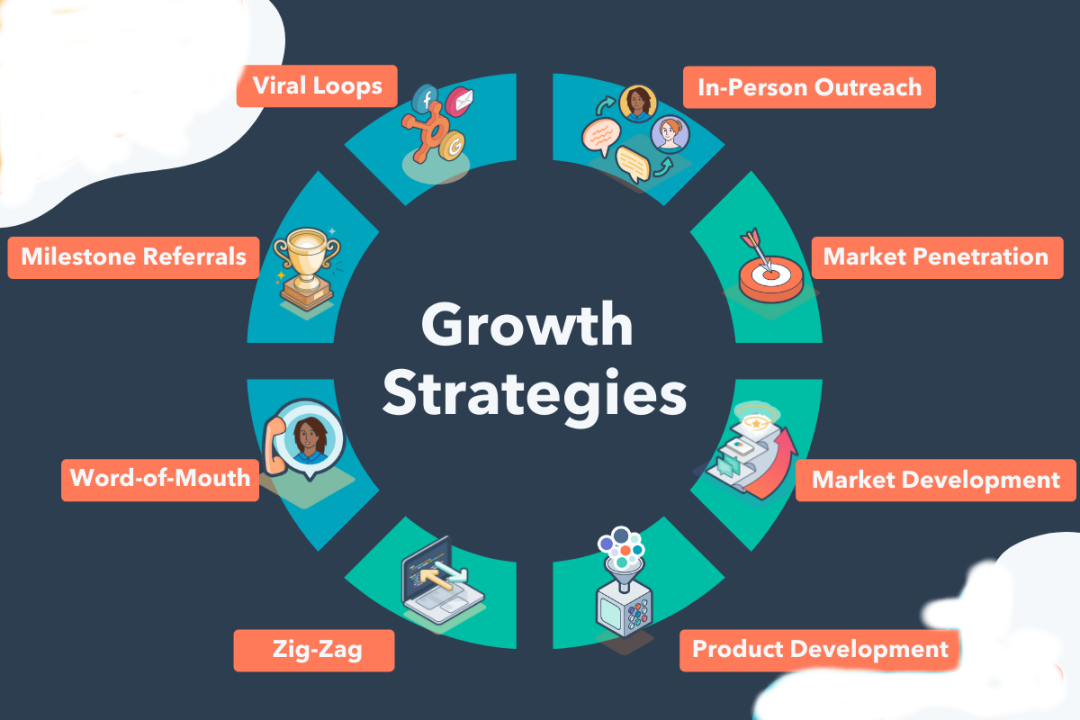In today’s fast-paced and ever-evolving marketplace, small businesses face significant challenges in achieving growth and maintaining a competitive edge. Small business owners must adopt innovative strategies and continuously adapt to changing market conditions to thrive. This article explores three effective strategies for small business growth in a competitive market, offering practical insights and actionable tips to help businesses succeed.
Leveraging Digital Marketing and Social Media
“Digital marketing has become indispensable for small businesses looking to expand their reach and engage with customers. By leveraging digital marketing channels, businesses can effectively promote their products and services to a broader audience. Social media marketing, for instance, allows businesses to connect with customers and build brand awareness on platforms like Facebook, Instagram, Twitter, and LinkedIn. Creating engaging content, running targeted ads, and interacting with followers can help attract and retain customers” says, Lisa Ockinga, Chief Product Officer at Ling. Additionally, search engine optimization (SEO) is crucial for ensuring that your business appears in relevant search results, driving organic traffic to your website. Focus on using relevant keywords, creating high-quality content, and building backlinks to improve your search engine rankings. Email marketing is another powerful tool; building an email list and sending regular newsletters can keep your audience informed about new products, promotions, and company news. Personalized email campaigns can nurture leads and convert them into loyal customers.
Enhancing Customer Experience and Building Loyalty
Providing exceptional customer service and creating memorable experiences are crucial for small business growth. Happy customers are more likely to become repeat buyers and brand advocates. To enhance customer experience and build loyalty, consider offering personalized service tailored to meet individual customer needs and preferences. Use customer data to provide personalized recommendations, offers, and support. Actively seek customer feedback through surveys, reviews, and direct interactions. Use this feedback to identify areas for improvement and make necessary adjustments to your products and services. Implementing loyalty programs that reward repeat customers can also be effective. Offer incentives such as discounts, exclusive offers, and early access to new products to encourage continued patronage. By prioritizing customer satisfaction, small businesses can foster long-term relationships and drive repeat business.
Diversifying Products and Services
“Diversifying your product or service offerings can help your business tap into new markets and reduce dependence on a single revenue stream. By innovating and expanding your offerings, you can attract a broader customer base and increase your market share. Conduct thorough market research to identify trends, customer needs, and gaps in the market. Use this information to develop new products or services that meet these needs. Training your sales team to identify opportunities for cross-selling and upselling can also be beneficial” says, Gemma Hughes, Global Marketing Manager at iGrafx. By offering complementary products or premium versions of existing products, you can increase the average transaction value. Additionally, consider collaborations and partnerships with other businesses to offer bundled products or joint services. These collaborations can help you reach new customers and leverage the strengths of both businesses. By diversifying your offerings, you can create multiple revenue streams and enhance your business’s resilience.
Conclusion
In a competitive market, small businesses must adopt effective strategies to achieve growth and success. Leveraging digital marketing and social media, enhancing customer experience building loyalty, and diversifying products and services are key approaches that can help small businesses thrive. By staying agile and continuously adapting to market changes, small businesses can maintain a competitive edge and drive long-term growth. Implementing these strategies will not only help in attracting and retaining customers but also in building a strong, sustainable business.




